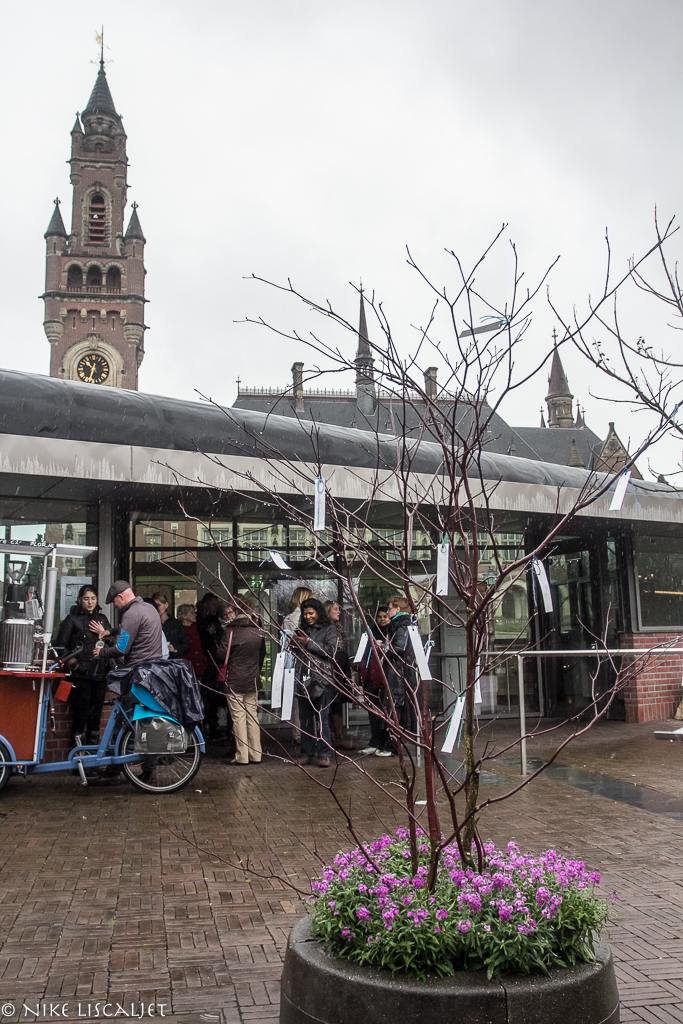 Friday 21 March, the first day of spring, was the first date in a series of outreach activities for the EU Discover Peace project in which the INMP is actively involved. Together with our six partners, we inaugurated Peace Wish Trees in all seven European cities. The trees were inspired by Yoko Ono’s Imagine Peace Tree. Invited guests and passersby were asked to write a peace wish on weatherproof paper and to hang them in our special trees.
Friday 21 March, the first day of spring, was the first date in a series of outreach activities for the EU Discover Peace project in which the INMP is actively involved. Together with our six partners, we inaugurated Peace Wish Trees in all seven European cities. The trees were inspired by Yoko Ono’s Imagine Peace Tree. Invited guests and passersby were asked to write a peace wish on weatherproof paper and to hang them in our special trees.
Within this project the INMP designed the Peace Trail The Hague. One of the stations on this trail is the Peace Palace. Another one is INMP member Humanity House.
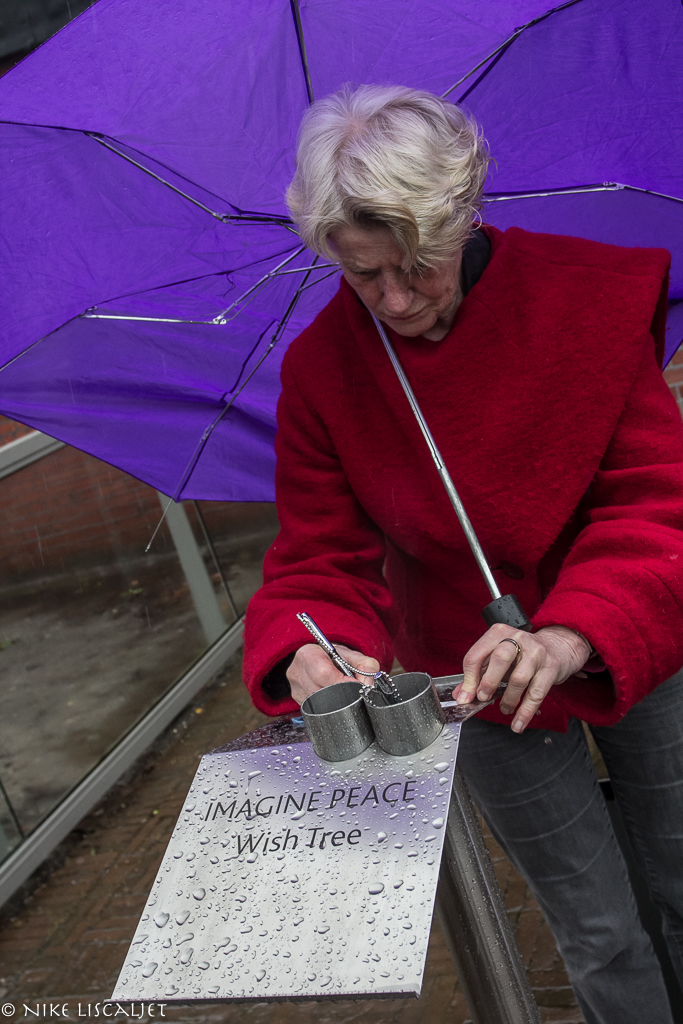 The Carnegie Foundation sponsored our event by offering a permanent place for our Peace Wish Tree at the entrance of the Peace Palace. During the opening ceremony the Peace Carillon played seven well chosen songs. Afterwards, several people participated in an introductory walk of the Peace Trail, guided by Marten van Harten en Peter van den Dungen. This led them to the Humanity House, where they received free entrance to the exhibition.
The Carnegie Foundation sponsored our event by offering a permanent place for our Peace Wish Tree at the entrance of the Peace Palace. During the opening ceremony the Peace Carillon played seven well chosen songs. Afterwards, several people participated in an introductory walk of the Peace Trail, guided by Marten van Harten en Peter van den Dungen. This led them to the Humanity House, where they received free entrance to the exhibition.
We can conclude that, despite the rain, we had a successful first outreach activity, with quite a lot of participants. The next events are being planned for 21 June (100 year commemmoration of the death of Bertha von Suttner) and 21 September (International Day of Peace).
Read more about this project here.
Photo album of the event on Flickr.
Freely translated extract from Peter van den Dungen’s opening speech:
“This project, Discover Peace in Europe, confirmed one thing peace historians already knew. Many cities have a long history of peace activism. Nowadays we are being reminded of the many atrocities of the First World War, making it even more important not to forget the many voices from all countries warning about the dangers of such a war. In each city, the Peace Trail highlights 15 stations – buildings and monuments – with a special meaning for peace, historical and current.
“We are pleased that the inauguration of the Peace Trail The Hague could be organised here, and we are thankful for the cooperation with the Peace Palace. One could say, a wish is the opposite of a complaint, a complaint is a negative formulated wish. When we talk about complaints related to peace, one masterpiece in world literature comes to mind – Complaint of Peace by Desiderius Erasmus. His statue is the only one here in the Peace Palace Garden. The book was published in 1516, but its essence is already to be found in a letter Erasmus wrote when in London, to Antonie van Bergen on 14 March 1514 – last week exactly 500 years ago. In his book, the Goddess of Peace complains that she is not welcome anywhere and she is disappointed in her hope for peace, again and again. At least here and today, at the Peace Palace, she would have found solace.
“I invite you all – starting with Steven van Hoogstraten, director of the Carnegie Foundation – to write your peace wish and hang it in the tree. Let us turn this tree into a praise of peace. Thank you.”

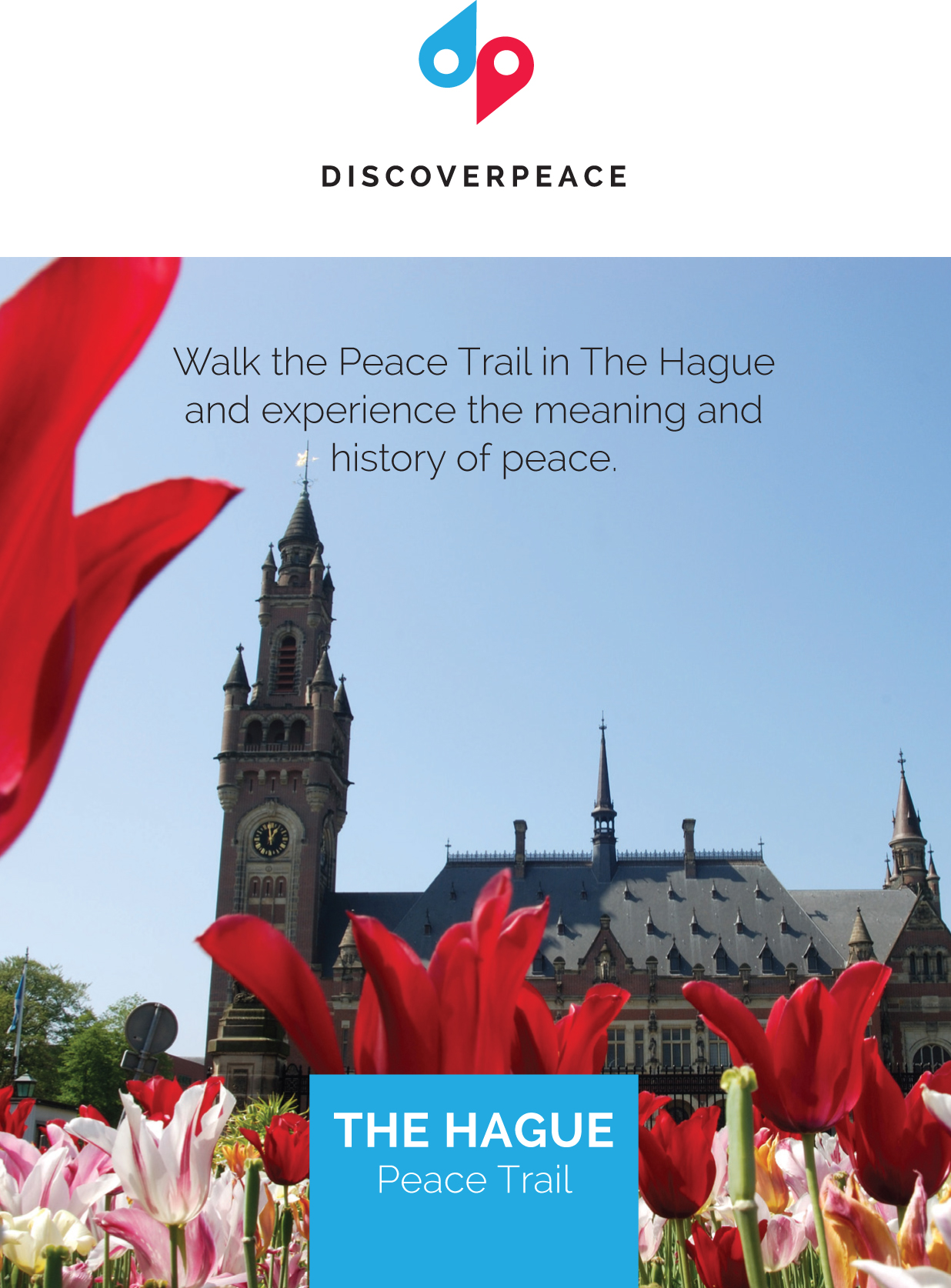
 The museum is part of the International Institute of Peace Studies and Global Philosophy. This institute is unique among research centres throughout the world in that is combines training and practical work in conflict resolution with studying the entire range of global philosophical, scientific and spiritual traditions, together with the proactive search for global responsibility, peace and justice in our time. The institute is housed in the Castle of the Muses, on the shores of Loch Goil, where it is also home to the Truth and Reconciliation Commissions for Ireland & Britain and for the Middle East, the Poseidon Seminars, and the Druid Peace Order, among many other organisations and projects.
The museum is part of the International Institute of Peace Studies and Global Philosophy. This institute is unique among research centres throughout the world in that is combines training and practical work in conflict resolution with studying the entire range of global philosophical, scientific and spiritual traditions, together with the proactive search for global responsibility, peace and justice in our time. The institute is housed in the Castle of the Muses, on the shores of Loch Goil, where it is also home to the Truth and Reconciliation Commissions for Ireland & Britain and for the Middle East, the Poseidon Seminars, and the Druid Peace Order, among many other organisations and projects. The Associazione Museo Italiano per la Pace (Association of Italian Museums for Peace) works to promote a culture of peace in schools.
The Associazione Museo Italiano per la Pace (Association of Italian Museums for Peace) works to promote a culture of peace in schools. The Directorate of Anfal Museum was built in 2012 as a result of the al-Anfal Campaign against the Kurdish people (and other non-Arab populations) in northern Iraq. This campaign was led by the Ba’athist Iraqi President Saddam Hussein and headed by Ali Hassan al-Majid in the final stages of Iran-Iraq War in 1988. The Anfal campaign included the use of ground offensives, aerial bombing, systematic destruction of settlements, mass deportation, firing squads, and chemical warfare, which earned al-Majid the nickname of Chemical Ali. 4000 villages were destroyed and 182.000 people lost their lives. The campaign has been characterized as genocidal in nature.
The Directorate of Anfal Museum was built in 2012 as a result of the al-Anfal Campaign against the Kurdish people (and other non-Arab populations) in northern Iraq. This campaign was led by the Ba’athist Iraqi President Saddam Hussein and headed by Ali Hassan al-Majid in the final stages of Iran-Iraq War in 1988. The Anfal campaign included the use of ground offensives, aerial bombing, systematic destruction of settlements, mass deportation, firing squads, and chemical warfare, which earned al-Majid the nickname of Chemical Ali. 4000 villages were destroyed and 182.000 people lost their lives. The campaign has been characterized as genocidal in nature.

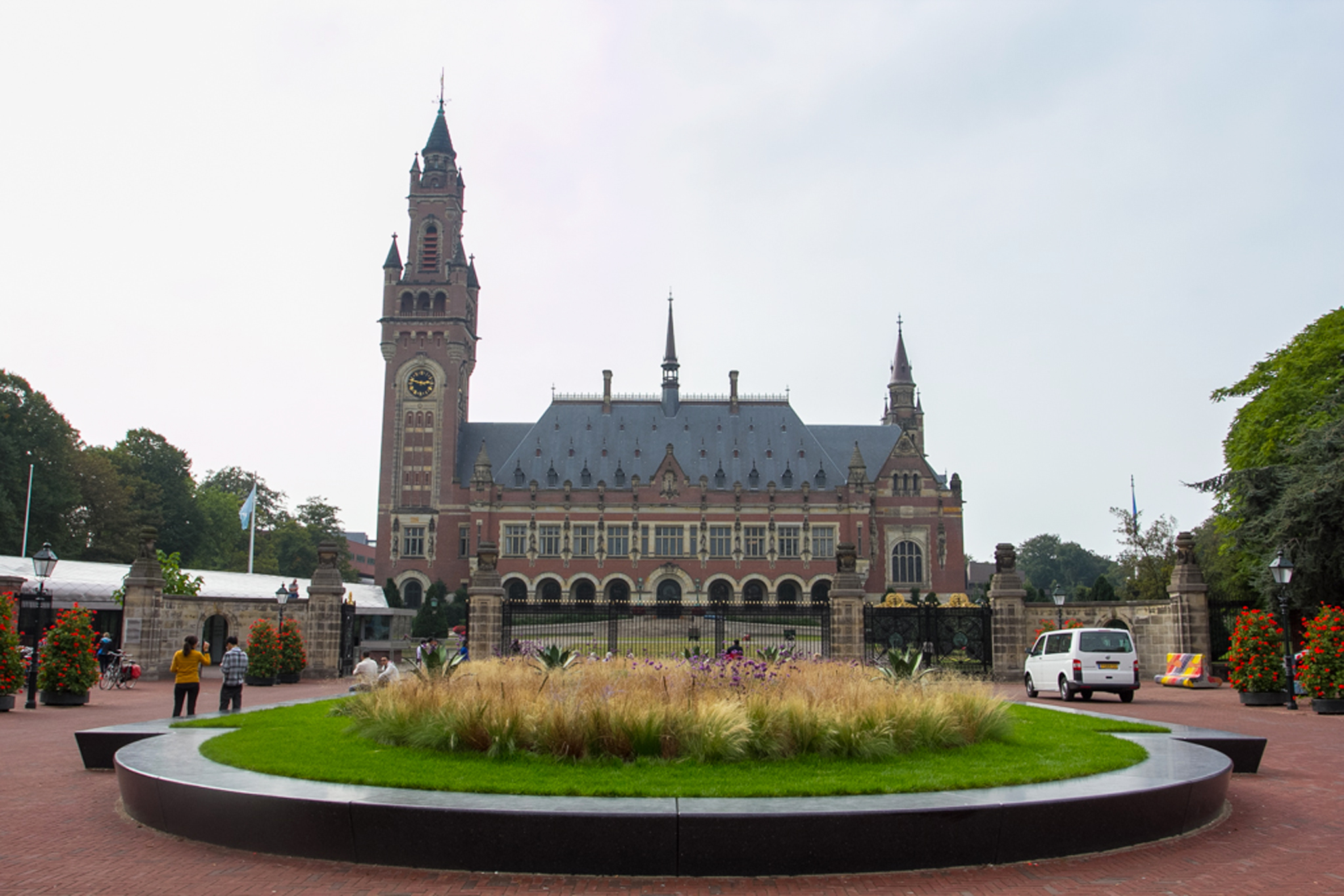
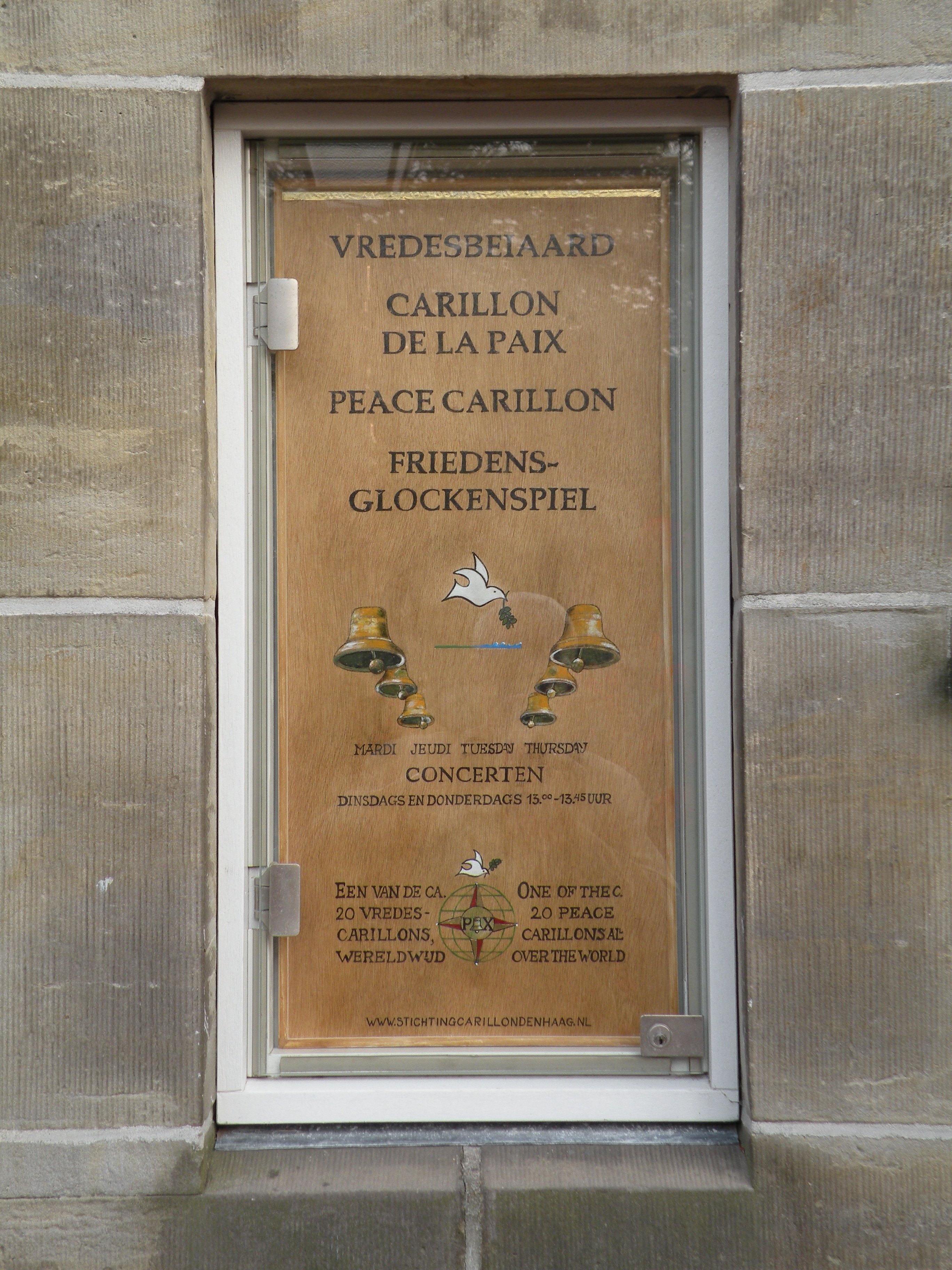


 Next week, The Hague hosts several public events commemorating Bertha von Suttner. Last year, during the Peace Palace Centenary, she was honored as the first woman with a bust in the Peace Palace. This year we commemorate her 100th death anniversary (21 June 1914) and 125 years after the publication of her famous novel Lay Down Your Arms (1889).
Next week, The Hague hosts several public events commemorating Bertha von Suttner. Last year, during the Peace Palace Centenary, she was honored as the first woman with a bust in the Peace Palace. This year we commemorate her 100th death anniversary (21 June 1914) and 125 years after the publication of her famous novel Lay Down Your Arms (1889).